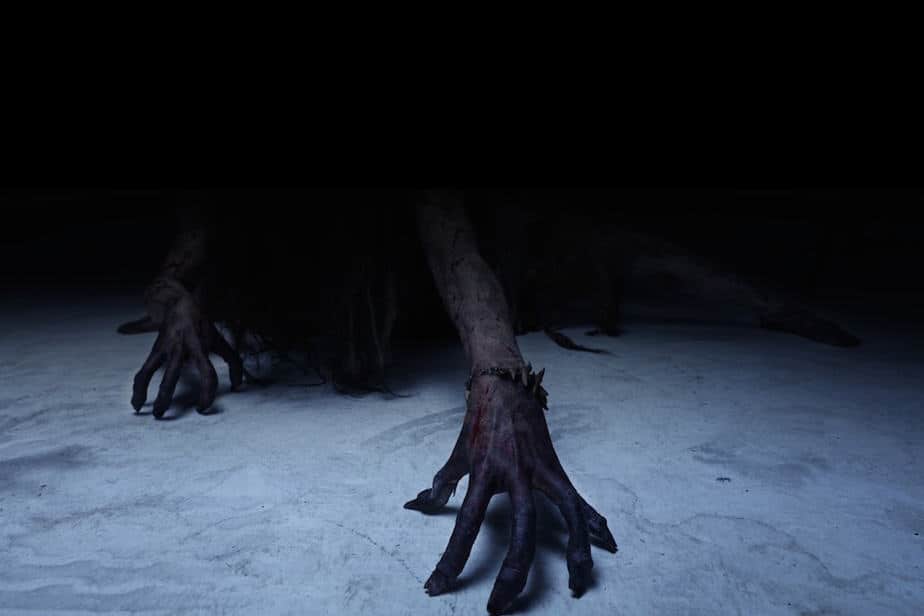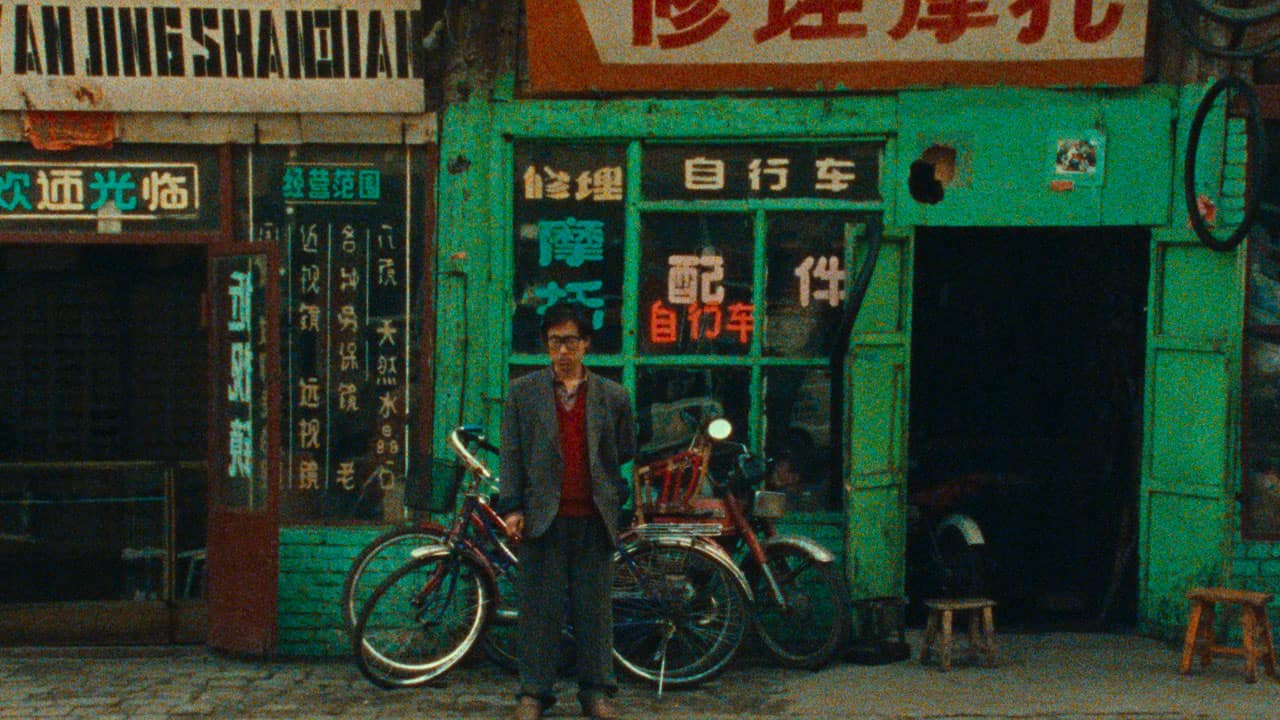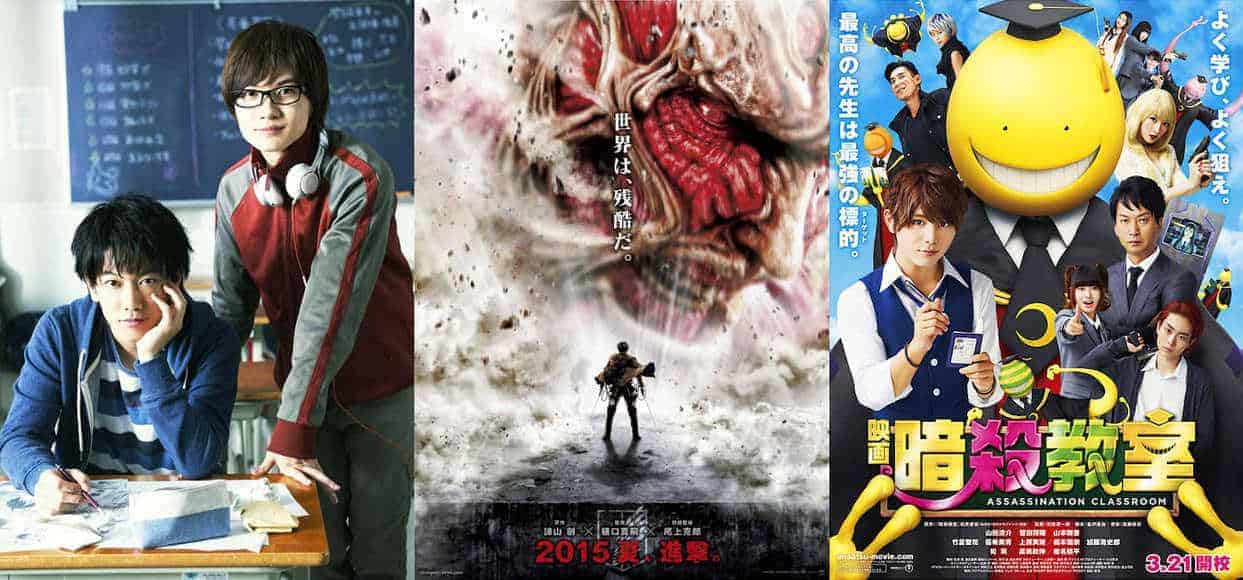11. Bangkok Nites (Katsuya Tomita, Japan)

Tomita deals with such current issues of the contemporary society such as unemployment, foreign exploitation and sex trafficking; in addition to the inner demons people have. Everybody fights his own battles secretly, in real life, and in “Bangkok Nites”. The director films this story with extreme delicacy and total artfulness. The immersion of the story is real since minute one. Visuals and dialogue complement each other perfectly, and the naturalistic direction of Tomita is transferred directly to the actors. That is, there are no astounding performances, neither from the main characters nor from the secondary ones, meaning that all of them are natural as life itself. (Pedro Morata)
12. Birdshot (Mikhail Red, Phillipines)

Since the Korean CJ Entertainment was involved in the production, I expected one of those crime thrillers that have given Korean cinema the place it holds at the moment in international cinema, and for the most part, I was not wrong. However, Mikhail Red went a step forward, by combining Korean crime-thriller aesthetics with a sense of the supernatural (not presence, just a sense) so frequently appearing in Filipino cinema, which worked quite well in the film, as it captivates the interest of the spectator from the beginning. Furthermore, the mystery that permeates the story keeps it interesting until the end. (Panos Kotzathanasis)
Buy This Title

13. By the Time It Gets Dark (Anocha Suwichakornpong, Thailand)

The film opens with a seemingly straightforward premise—a filmmaker sets out to recreate the events surrounding a violent government crackdown on student activists in 1976 Thailand. However, as the narrative unfolds, it becomes evident that “By the Time it Gets Dark” is not merely a retelling of historical events but rather a meditation on the subjective nature of memory and the complexities of representation. This mesmeric art-house piece delves into the lives of its numerous characters, their hopes, fears, and dreams in a rapidly changing society. Through a series of hauntingly beautiful vignettes, seamlessly transitioning between different time periods and perspectives, this very art-house film masterfully crafts a tapestry of interconnected stories, blurring the lines between past and present, reality and fiction, introspection and social class struggle, intimate diary and commercial images. (Hugo Hamon)
14. Colonel Panics (Cho Jinseok, Japan)
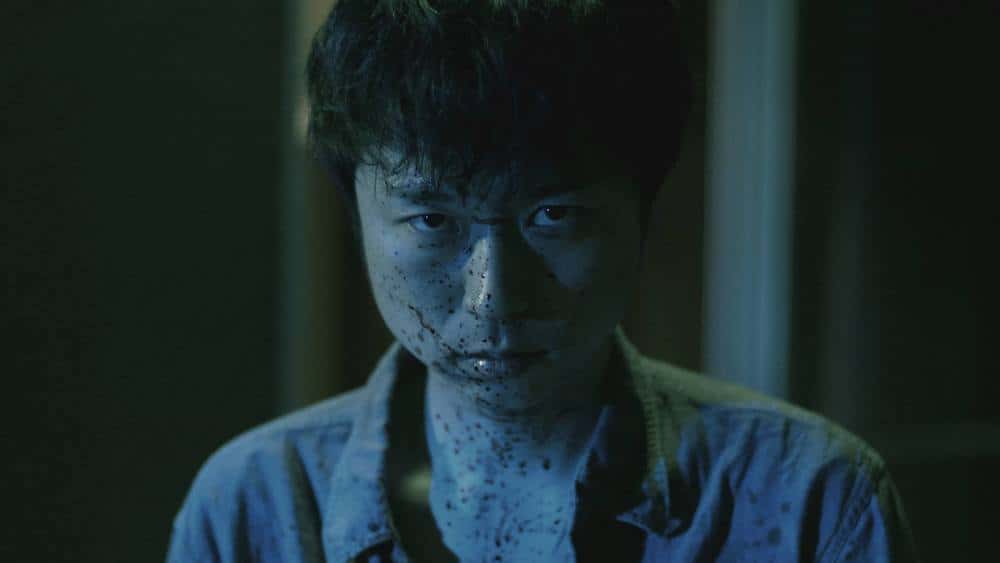
the technical aspect of the film is astonishing, headed by Tetsuhiro Kato's cinematography, which presents a number of impressive images, both in Kato's realistic environment and Nagisa's futuristic. The scenes where the two settings merge are also impressive, as they switch from dreamy to nightmarish sequences. Kato also uses an impressive technique where the camera lingers, following the sight of the individual who stalks Yumi, making the viewer feel as if he is actually the one watching through the stalker's eyes. Evan Finn's visual effects also move in the same direction, while Yoshihiro Nishimura's presence in the makeup effects, along with Kazuhide Shimohata, gives the violent scenes a fitting exploitation sense. These scenes, that become quite frequent after a fashion, are the ones that give the film a sense of grotesqueness, in very bloody fashion, and in combination with the many scenes of nudity and sex, the exploitation element. (Panos Kotzathanasis)
Buy This Title

15. Conflict (Kenichi Fujiwara, Japan)
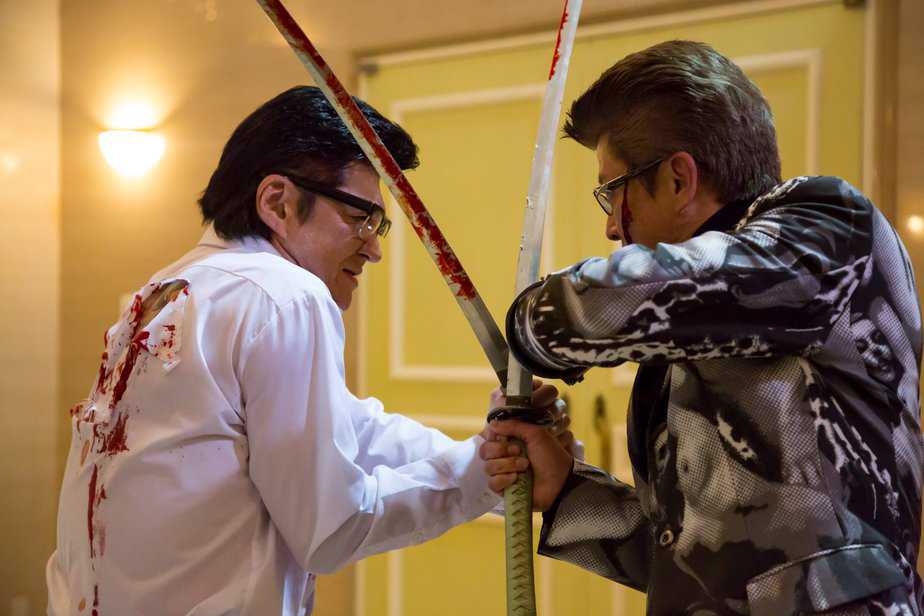
Kenichi Fujiwara directs a genuine Yakuza film, through an approach quite close to the one Kinji Fukasaku implemented in the “Yakuza Papers”, although in contemporary terms, both stylistically and in context. The main similarity is the presence of a number of characters (who are introduced with on-screen-text), and the realistic portrayal of the organization as a whole and the individuals that comprise it. The main focus, however, is not on the battles of similarly operating syndicates, but on the clash between the traditional, as mirrored in the Tendo Clan, and the new, as mirrored in the Daitoa group. The fact that the anti-Yakuza laws have weakened the traditional groups is a key element, but Fujiwara makes a point of showing that even in their sociopathic nature, the older groups were bound by some rules and their own sense of honor, which do not seem to apply to the new ones at all, who are not reluctant to attack even women and children. (Panos Kotzathanasis)
16. Creepy (Kiyoshi Kurosawa, Japan)

Kurosawa's most distinct trait in his horror films was his ability to build up tension slowly until the point of “explosion.” This ability does not seem to have abandoned him, as he succeeds in gradually producing the horrific elements, through the slow pace and the not so frequent dialogue, while retaining, most of the time, a general sense that something is wrong. However, the issue with the aforementioned build-up is that it lags a bit, a fact that results in the agony deteriorating after a time, although the moment of disclosure and the extraordinary finale compensate, to a portion at least. It would be for the best, though, if the film was 15-20 minutes briefer (it actually lasts 130 minutes). (Panos Kotzathanasis)

17. Dearest Sister (Mattie Do, Laos)

It can be surprising to see that the movie is presented as a horror movie. Indeed, the spirits are not scary here, and the danger and horror actually come from the human beings, how they interact and deal with their own personal demons. “Dearest sister” presents dodgy and fluctuating characters: Ana, Nok, Jakob, the servants. Nothing is all black and white. The viewers sometimes feel bad for them, are sometimes really empathetic towards them, and then also sometimes can't help but hate them. Just like the main characters' relationship, it is nuanced and contradictory. (Oriana Virone)
Buy This Title
on Amazon by clicking on the image below

18. Derailed (Lee Seong-tae, S. Korea)
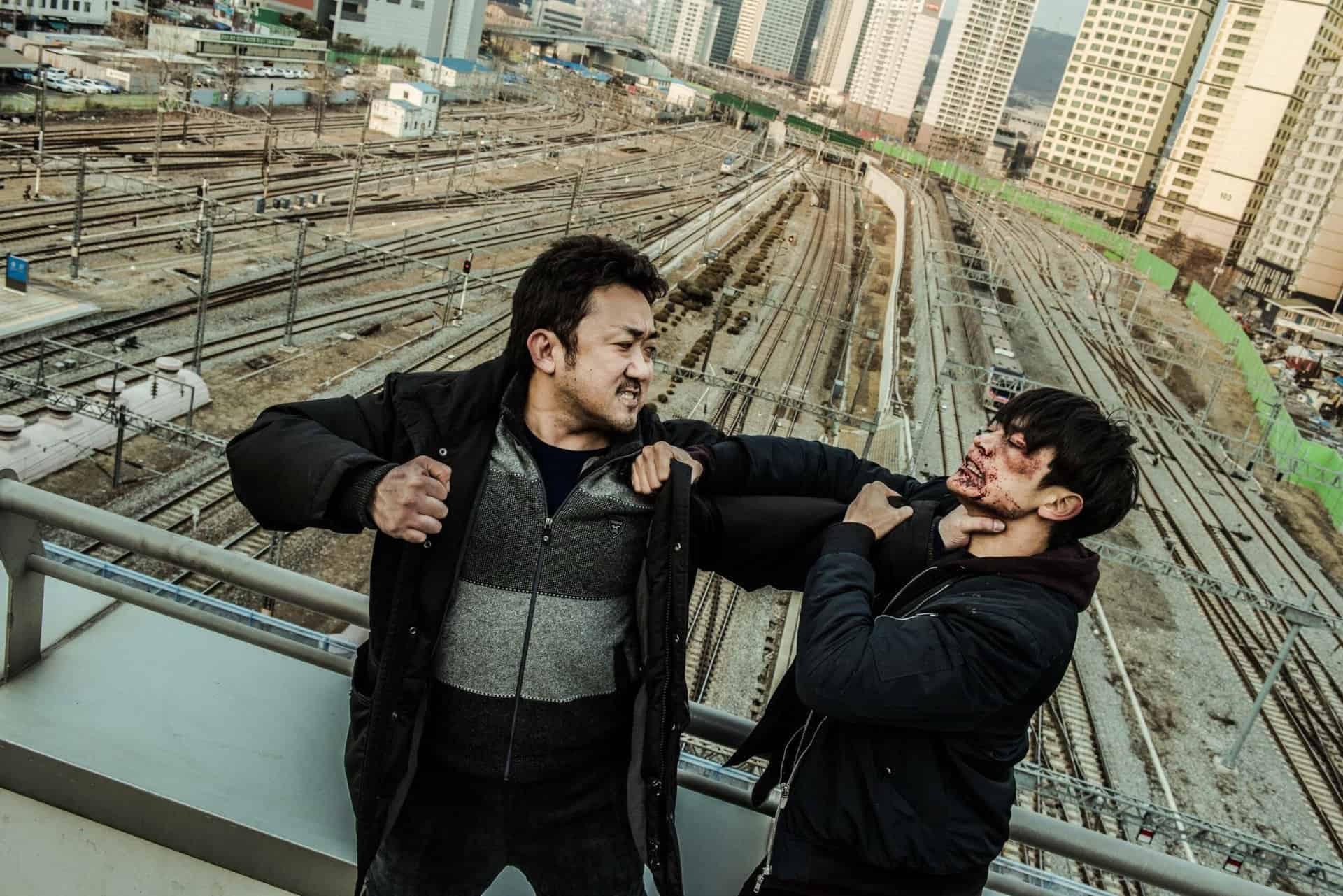
Where Japanese cinema excels in showing the delinquency of youth, its Korean counterpart doesn't often portray the same, leaving its youth and especially teenagers represented mostly in narratives about bullying or lack of direction. This makes “Derailed” a welcome change, showing its lead teenage characters as runaways, with no adult supervision, doing rather despicable things in order to make a quick buck. There are no good guys in Lee Seong-tae's script, and even its leads are unlikeable for the most part. In fact, if it were not for SHINee's Choi Min-ho in an excellent turn as Jin-il, one wouldn't feel an ounce of sympathy for the characters. The actor, in only his second onscreen appearance and first leading role, brings a certain seriousness in his performance that anchors the role just on the right side of the personable scale. Watch out especially for the scene where he breaks down in a dark alley. Given the subject matter, the script does tend to lean more towards the cynical side, almost excessively so, but it never veers off into implausible territory. Lee Seong-tae's is a dog-eat-dog world and only the fittest will survive here. (Rhythm Zaveri)
Buy This Title
on Amazon by clicking on the image below

19. Destruction Babies (Tetsuya Mariko, Japan)

The way Tetsuya Mariko directs the film is quite hard to believe, as Taira goes from street fight to street fight, in a loop that seems to make him stronger each time is repeated. Apart from his first victim, though, the rest of his opponents somewhat deserve it, since they include yakuza and two brats with dyed blond hair who decide to make fun of him. This endless fighting could become tedious, but Mariko's direction and Yuya Yagira‘s magnificent, silent acting make it very hard to look away from the screen. (Panos Kotzathanasis)
Buy This Title

20. Diamond Island (Davy Chou, Cambodia)
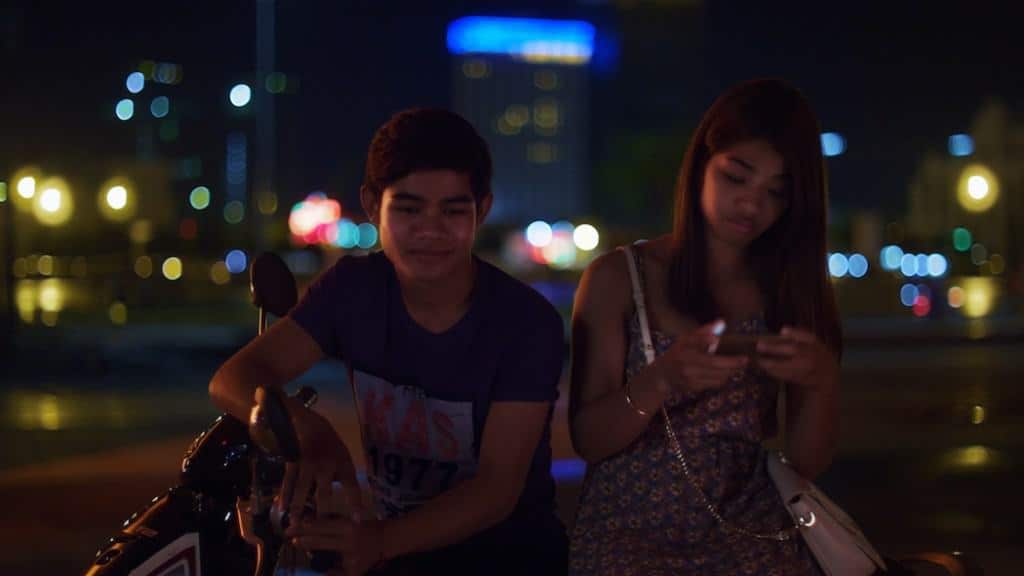
In conclusion, “Diamond Island” is worth watching, not only because of the story it tells about modern-day Cambodia but also because of what it tells about humans in general and because of what it brings cinematographically. (Oriana Virone)



